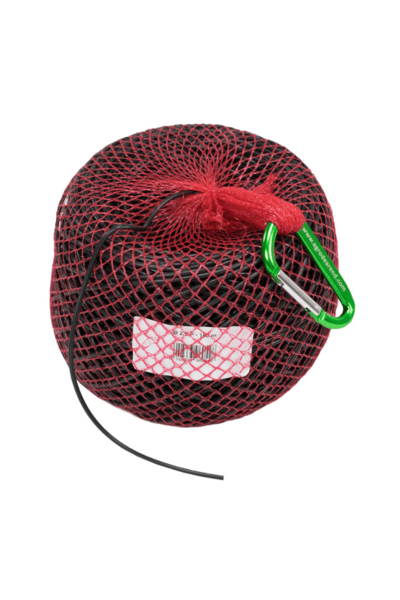Young Seven-Son Flower Tree | Heptacodium miconioides
Did you know that the Heptacodium miconioides is a significant nectar source for bees and butterflies? This is due to the white flowers that hang in large clusters on the tree in August.
Discount!
- Quantity Discount Per piece
- -10% €67,05 Incl. VAT
Guaranteed damage-free delivery
Free shipping from €150,- (International)
Can be planted throughout the year
Deciduous
The Seven-Son Flower tree (Heptacodium miconioides) is a deciduous tree, with dark green leaves and three main veins visible.
Total Height
The Seven-Son Flower tree has an average growth rate. At maturity, the tree can reach a height of up to 7 meters. The ultimate height depends on the location and climate.
Leaf Color and Shape
The leaves are green and elongated/heart-shaped, with a size ranging between 10 and 15 cm. Additionally, the tree bears small red fruits, providing a beautiful sight in your garden.
Autumn Coloration
In autumn, the leaves of the Seven-Son Flower tree (Heptacodium miconioides) turn yellow to purple before falling, offering a unique view before winter begins.
Bark and Branches
The bark of the tree is brown-yellow, making it attractive in all seasons. The bark of this Seven-Son Flower tree peels off in later age. The young branches are light gray/green.
Flowering
In August, the tree blooms with beautiful white flowers, hanging in large clusters on the tree. The name Seven-Son Flower tree owes to the fact that the flowers grow in clusters of seven on the tree.
Fruits
After flowering, the fruits appear in the form of seed pods on the plant. These have a stunning purple-red color. When this tree is in bloom, your garden becomes significantly more colorful because of this Seven-Son Flower tree.
Bees and Butterflies
During flowering, the Heptacodium miconioides is an excellent food source for bees and butterflies. Therefore, it is a highly frequented tree for bees and butterflies.
Location
The Heptacodium miconioides thrives best in well-drained, nutrient-rich soil that is moist. The tree is highly winter-hardy but relatively wind-sensitive.
How to plant the tree?
- Determine the final location of the tree and ensure that it is free from cables, debris, old plants, and other things that could hinder the tree's growth.
- Dig a planting hole that is twice the width of the root ball. Loosen the soil at the bottom of the planting hole and mix the excavated soil with (organic) garden soil or planting mix.
- Place the planting hole at a height where the root ball fits and firmly press the soil.
- Fill the planting hole with water and wait for it to drain. Check if the root ball is sufficiently moist.
- Place the tree or plant in the planting hole. It is extremely important that the tree is not planted too deep, as this can cause root rot.
- Place a tree stake or bamboo stake firmly in the ground on the side of the tree where the most wind comes from.
- Now, place the watering ring or create a small mound of soil around the tree so that water can seep into the soil.
Why Choose a Young Tree from Amitis
- Easy to plant yourself due to the compact size and light weight
- Conveniently delivered to your home in a sturdy packaging
- Experience the growth and development of your own tree
- Easy to maintain
- Cultivate the size and growth form you are looking for
- Attain mature size within a short time
- Can be planted year-round as everything is delivered in pots
- No root loss and better chances of establishment as everything is pot-grown
- Cost-effective purchase
- Fresh, healthy plants directly from the grower
Questions?
Want to know more about pruning? Read our page on tree maintenance! Feel free to contact us; we are happy to assist!
Specifications
-
Light requirement
Sun-semi shade -
Fruits
Little Red fruits -
Evergreen
Not wintergreen -
Winter hardiness
Winter-hardy -
Leaf color in summer
Green -
Leaf color in autumn
Yellow-Purple -
Kind of tree
Free-growing tree, Fruit-bearing tree, Flowering tree, Trees with beautiful autumn color -
Location
Small garden, In pot on balcony or terrace, Large garden or park, Lots of sun, Partial shade -
Tree maintenance
Low maintenance, Medium maintenance -
Flowering months
August, September -
Flower color
White
Reviews(2)
- Add your review
-
-
-
"Geweldige en adequate service met daarbij goede kwaliteit van de gekochte producten."
-
- Nicole Lekkerkerk-Hermsen
-
-
-
-
"Zeer tevreden over de snelle en professionele wijze waarop probleem werd opgelost. Klantvriendelijke benadering zoals je nog zelden ervaart."
-
- Henk van der Vlist
-











